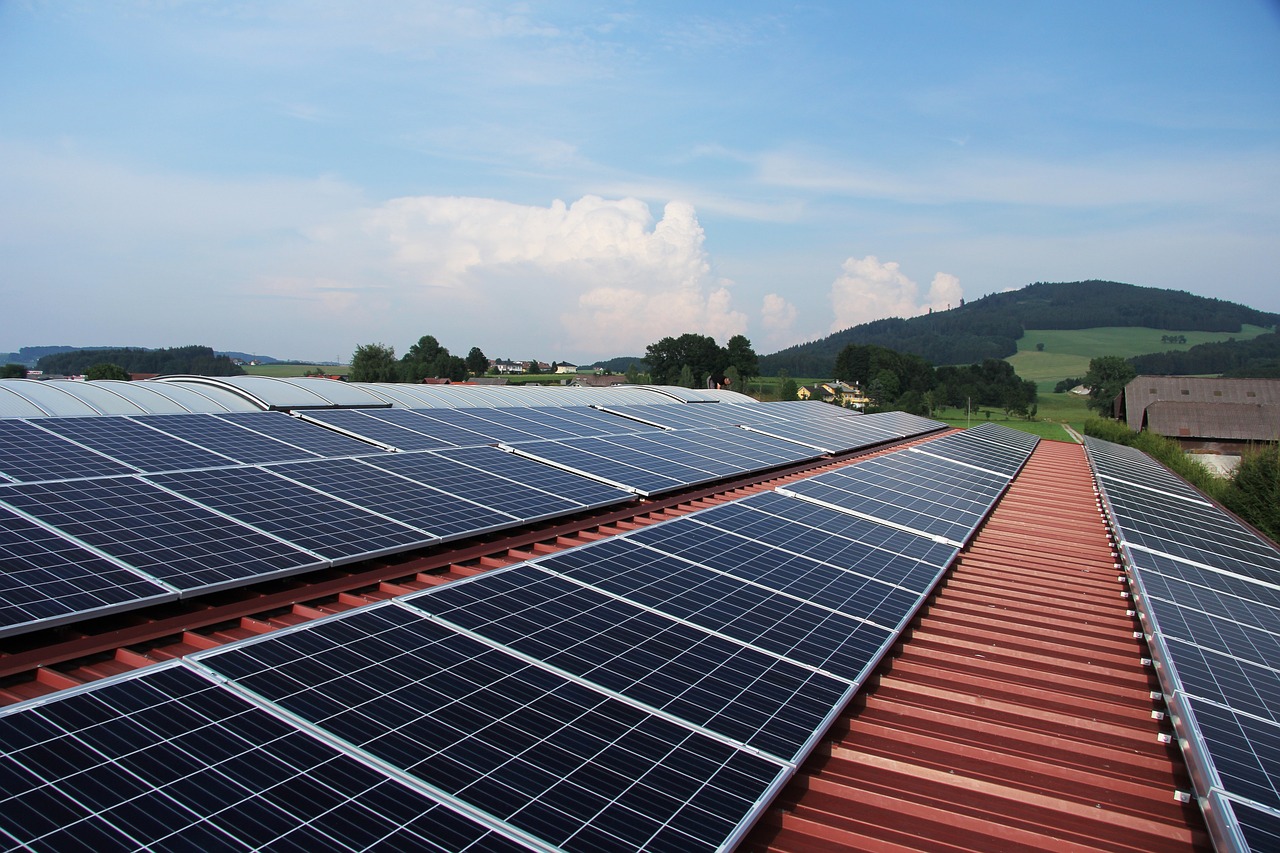Home battery storage is becoming popular as more people seek ways to optimise their energy usage and save money. These systems allow you to store excess energy generated by your solar panels, which you can use later when your energy demand is higher or when the sun isn’t shining. As energy costs continue to rise, home battery storage offers a practical solution for reducing electricity bills and achieving greater energy independence.
In this guide, we’ll explore the various ways home battery storage can save you money. From understanding the basics of how these systems work to the financial benefits they offer and how they integrate with your solar panels, we’ll provide practical tips to maximise your savings. By the end, you’ll have a clear picture of how home battery storage can be a valuable investment for your home.
Understanding Home Battery Storage
Home battery storage systems allow you to store the energy generated by your solar panels for later use. This technology lets you capture excess solar power produced during the day and use it when you need it most, such as at night or during cloudy periods. Batteries come in various capacities and types, including lithium-ion, which is the most common due to its high efficiency and long lifespan.
The primary components of a home battery storage system include the battery itself, an inverter, and a monitoring system. The inverter converts the stored DC energy into AC energy, which can be used by household appliances. The monitoring system helps you keep track of your energy usage and storage levels. By storing energy on-site, you reduce your reliance on the grid, allowing for greater independence and resilience, especially during power outages.
Financial Benefits of Home Battery Storage
One of the most significant financial benefits of home battery storage is the reduction in your electricity bills. By storing excess solar energy and using it during peak times when electricity rates are higher, you can significantly lower your reliance on grid power. This shift can result in substantial savings, particularly if your utility company charges more during peak hours.
Additionally, some areas offer incentives and rebates for installing home battery storage systems. These financial incentives can help offset the initial cost of the system, making it a more attractive investment. Over time, the savings on your electricity bills combined with these incentives can lead to a quick return on investment. Also, using stored energy during peak demand can earn you grid credits in regions with feed-in tariffs, further enhancing your savings.
How Home Battery Storage Works with Solar Panels
Home battery storage systems seamlessly integrate with solar panels to enhance energy efficiency. When your solar panels generate electricity, any excess energy that isn’t used immediately by your home is sent to the battery storage system. This stored energy can then be used when your solar panels aren’t generating electricity, like during the night or on cloudy days. This ensures that you maximise the use of the solar power you produce, reducing your reliance on grid electricity.
The process begins with the solar panels converting sunlight into DC electricity. This DC electricity is then either used directly by your home or converted by an inverter into AC electricity to be used or stored. The battery system stores the excess DC energy, and when needed, the stored energy is converted back to AC by the inverter. This stored energy can greatly contribute to household energy needs during peak demand times, making the overall system highly efficient and cost-effective.
Tips for Maximising Savings with Home Battery Storage
To get the most out of your home battery storage system, it’s important to follow some key strategies:
1. Monitor Your Energy Usage: Use an energy management system to track your energy consumption patterns. This will help you understand when your energy usage is highest and allow you to optimise the use of stored energy accordingly.
2. Time Your Usage: Schedule high-energy tasks, like running the washing machine or dishwasher, during off-peak hours when you can draw power from your battery instead of the grid. This is especially useful if your utility rates vary throughout the day.
3. Regular Maintenance: Keep your battery system well-maintained to ensure it operates at peak efficiency. Regular check-ups can prevent potential issues and prolong the life of your battery storage system.
4. Take Advantage of Incentives: Research any government incentives or rebates available for installing home battery storage systems. These can significantly reduce your initial investment and improve your overall savings.
5. Upgrade When Needed: Technology in the field of battery storage is continuously evolving. If newer, more efficient models become available, consider upgrading to maximise your savings.
By following these tips, you can ensure that your home battery storage system operates efficiently and contributes to significant savings on your energy bills.
Conclusion
Home battery storage systems offer a powerful way to enhance your solar power investment and save money on energy bills. By understanding how these systems work, the financial benefits they provide, and useful tips to maximise savings, you can make informed decisions about integrating battery storage into your home. These systems not only provide financial savings but also offer energy security and independence.
At Western Elec, we specialise in installing and maintaining high-quality solar battery storage systems tailored to your needs. If you’re considering solar battery installation in Melbourne, contact Western Elec today. Let us help you maximise your solar investment and experience the benefits of a more efficient and cost-effective energy system.


